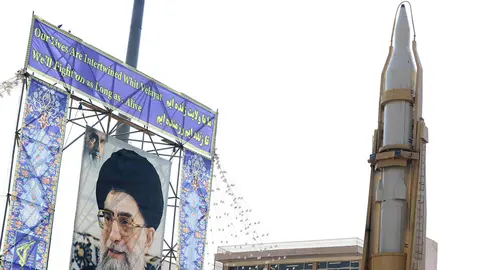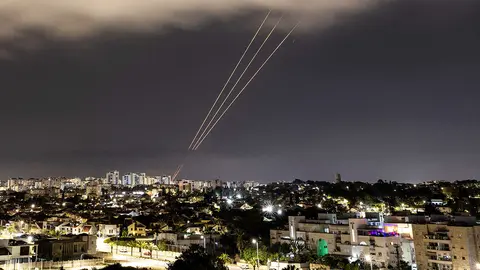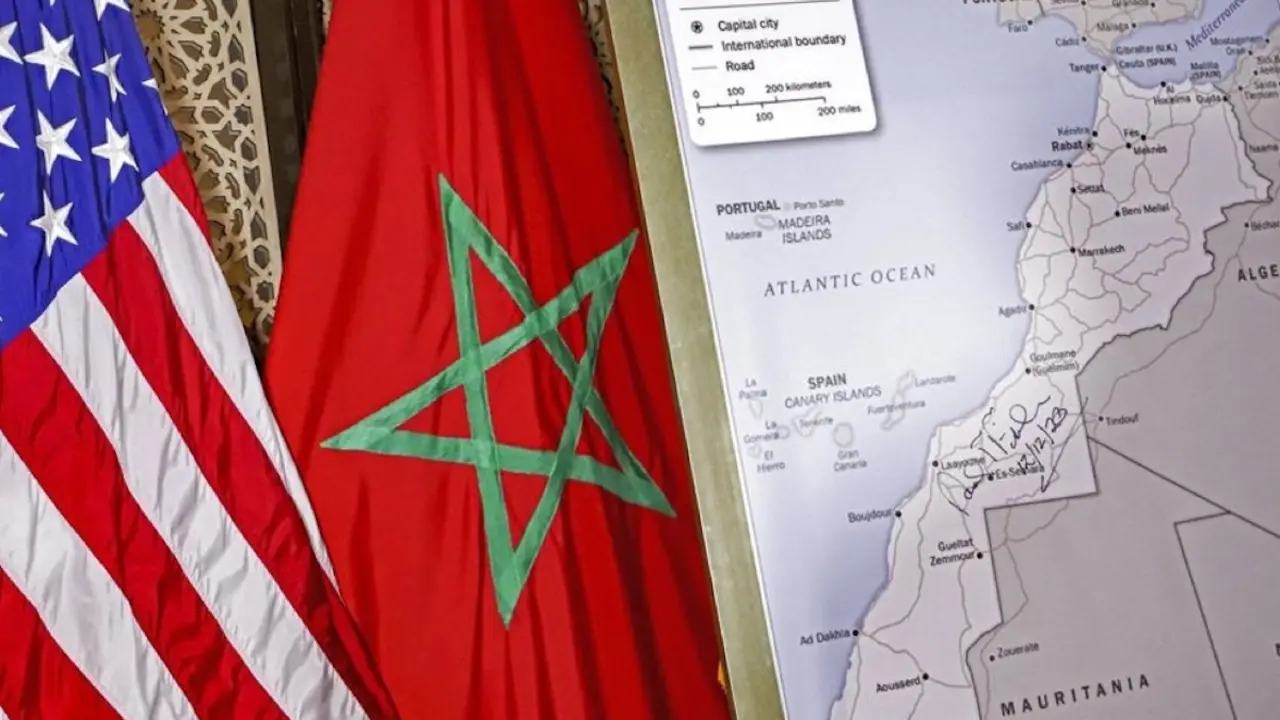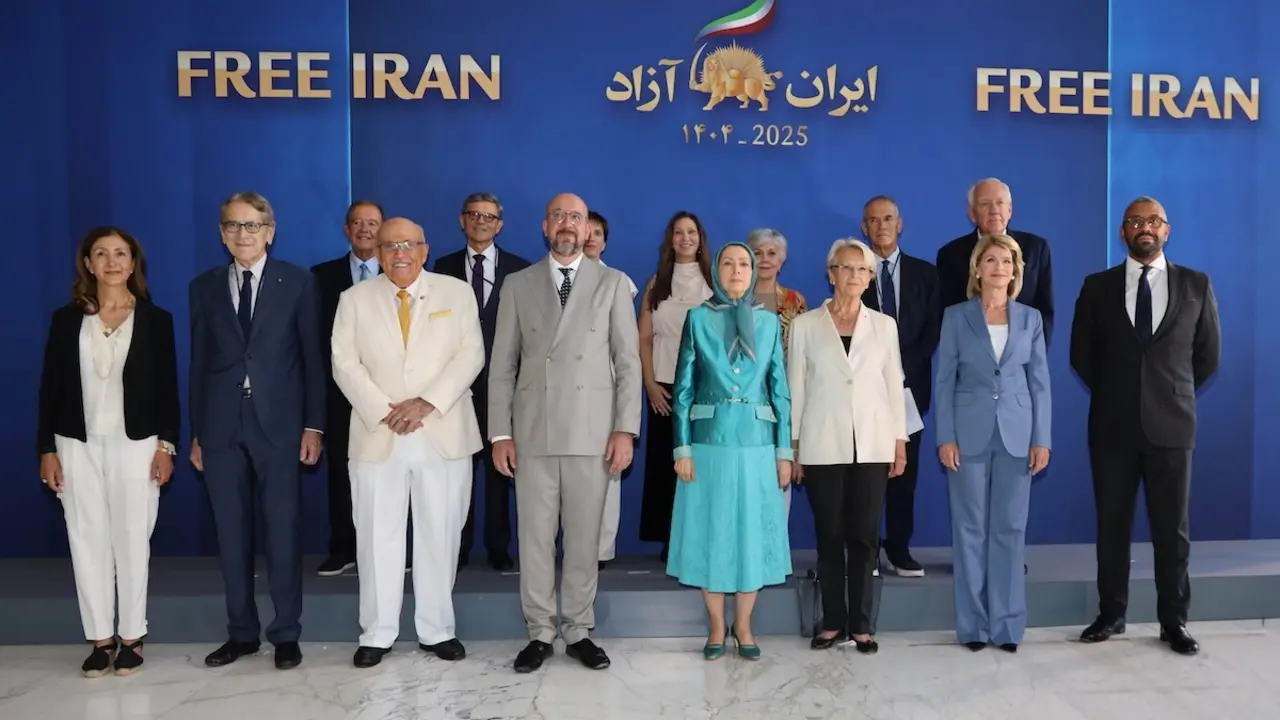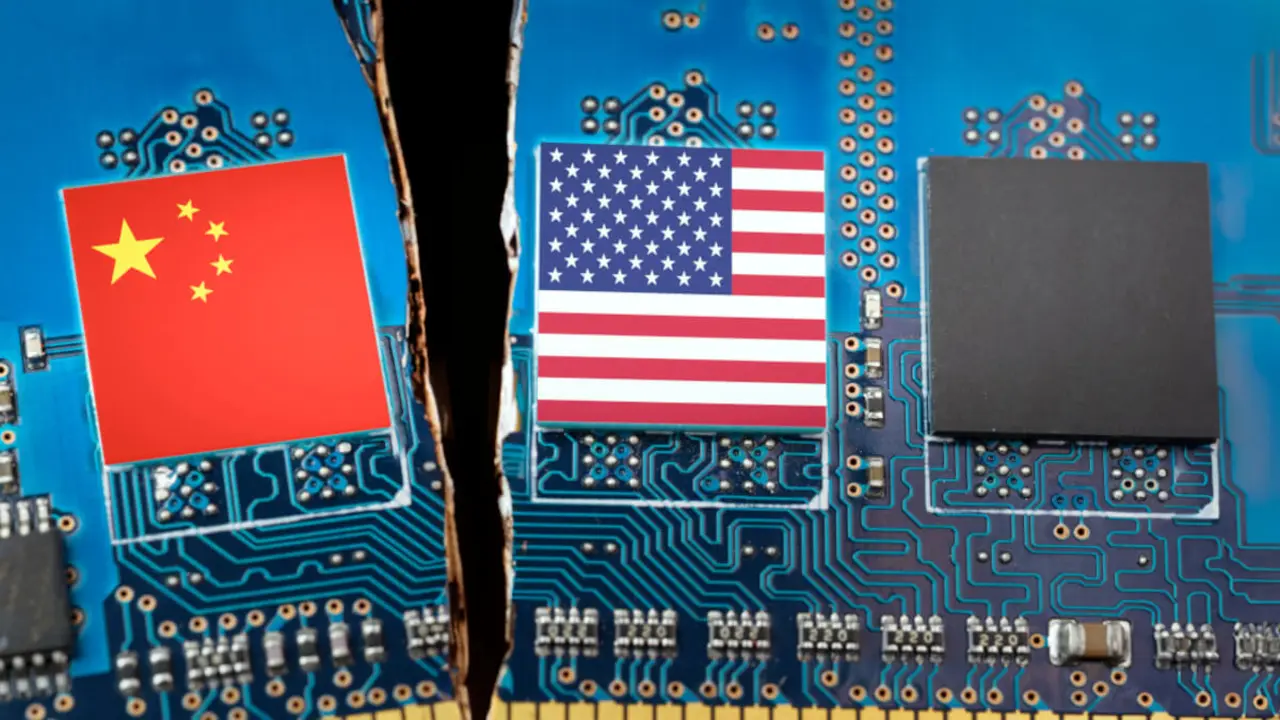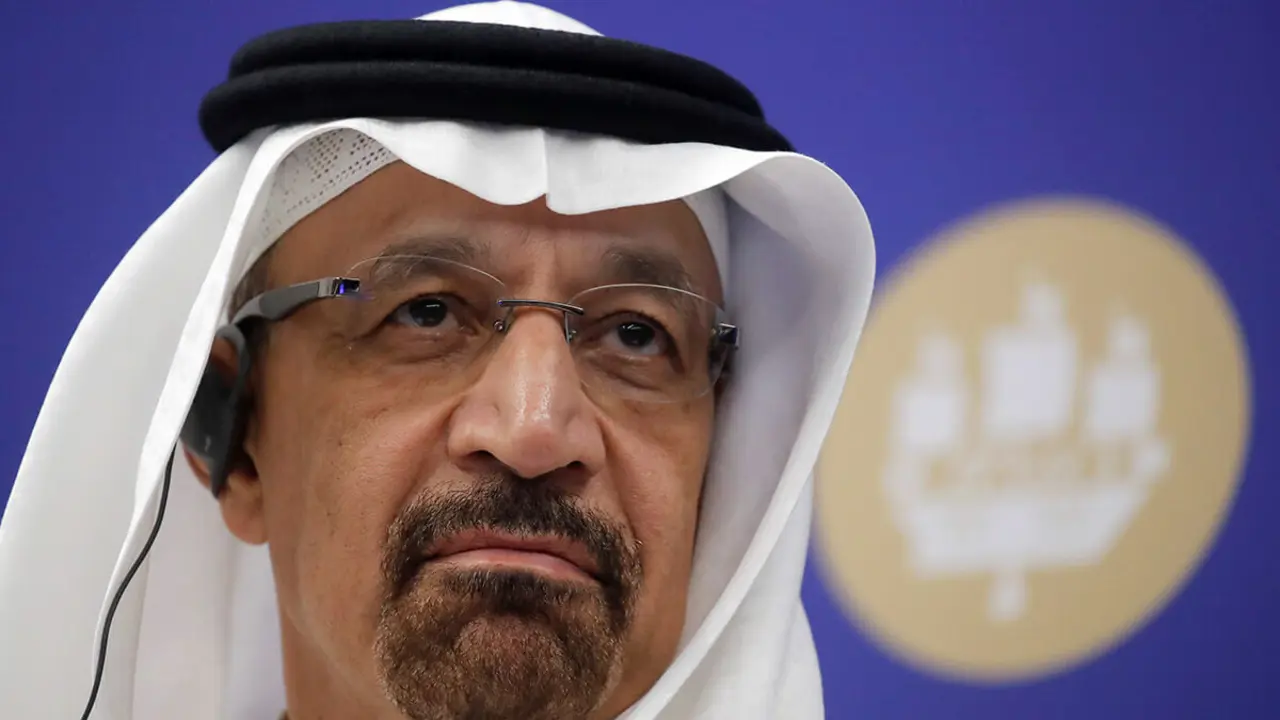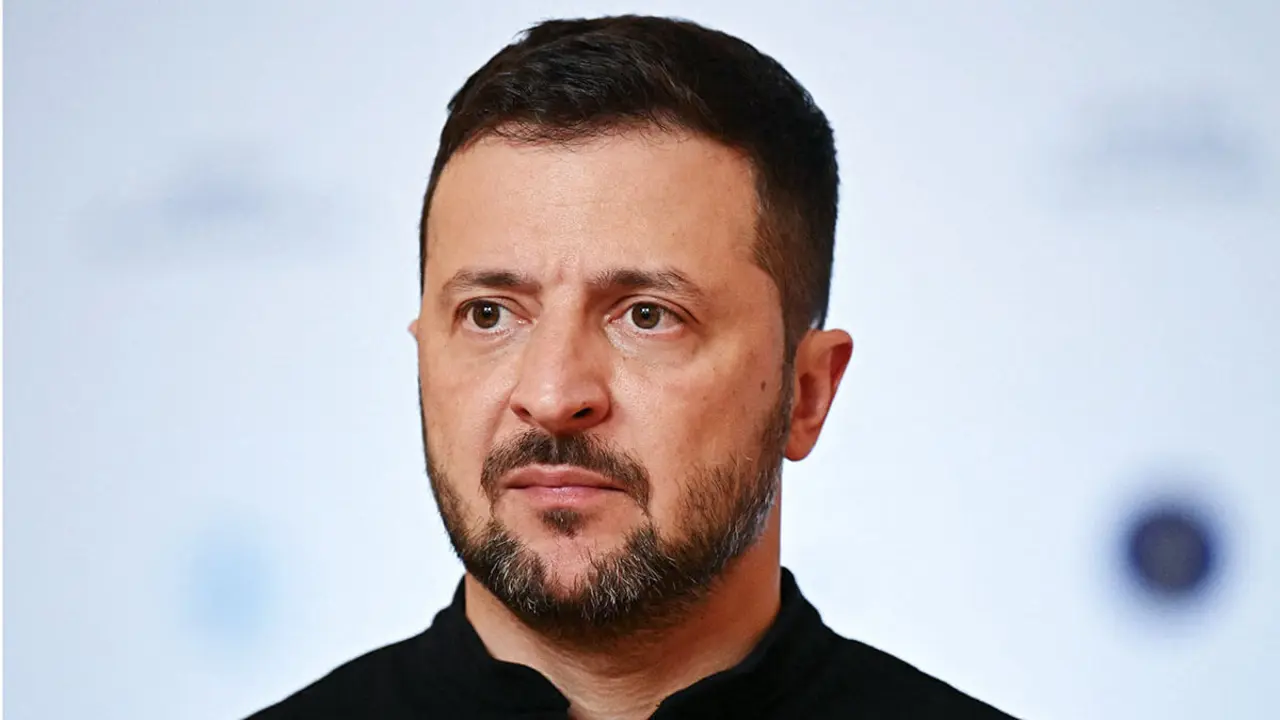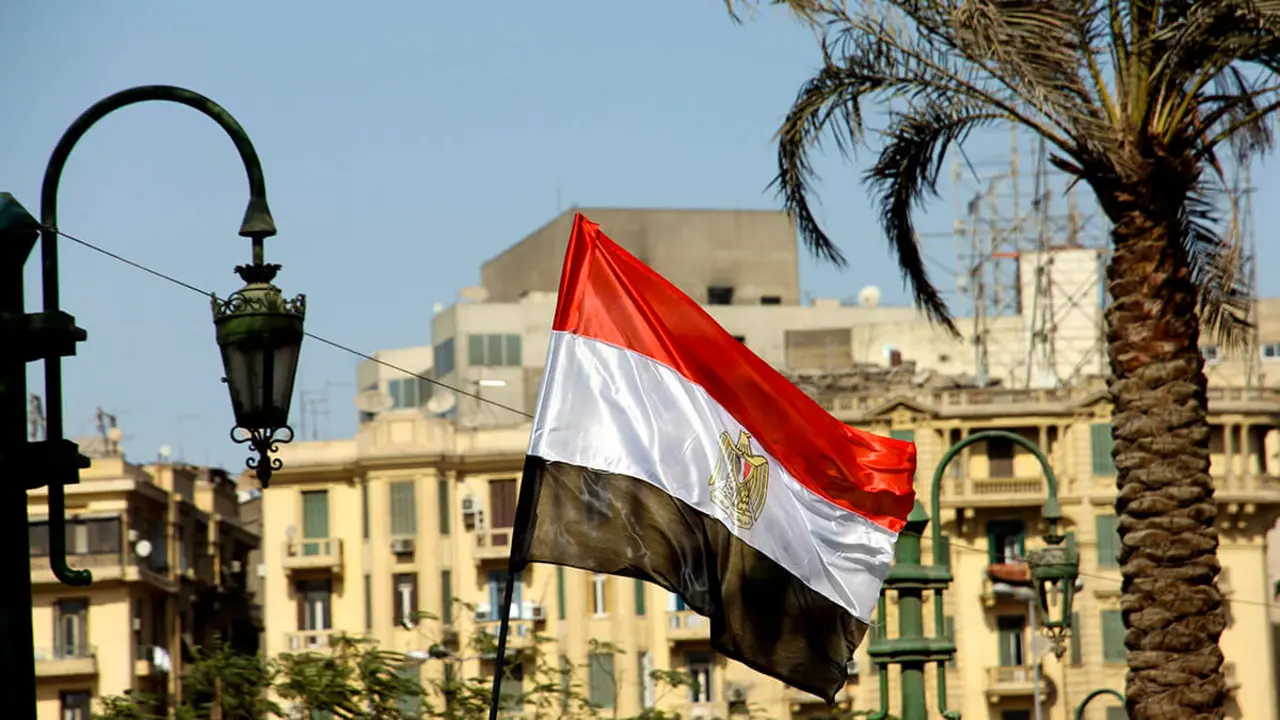The real reason for war in the Middle East
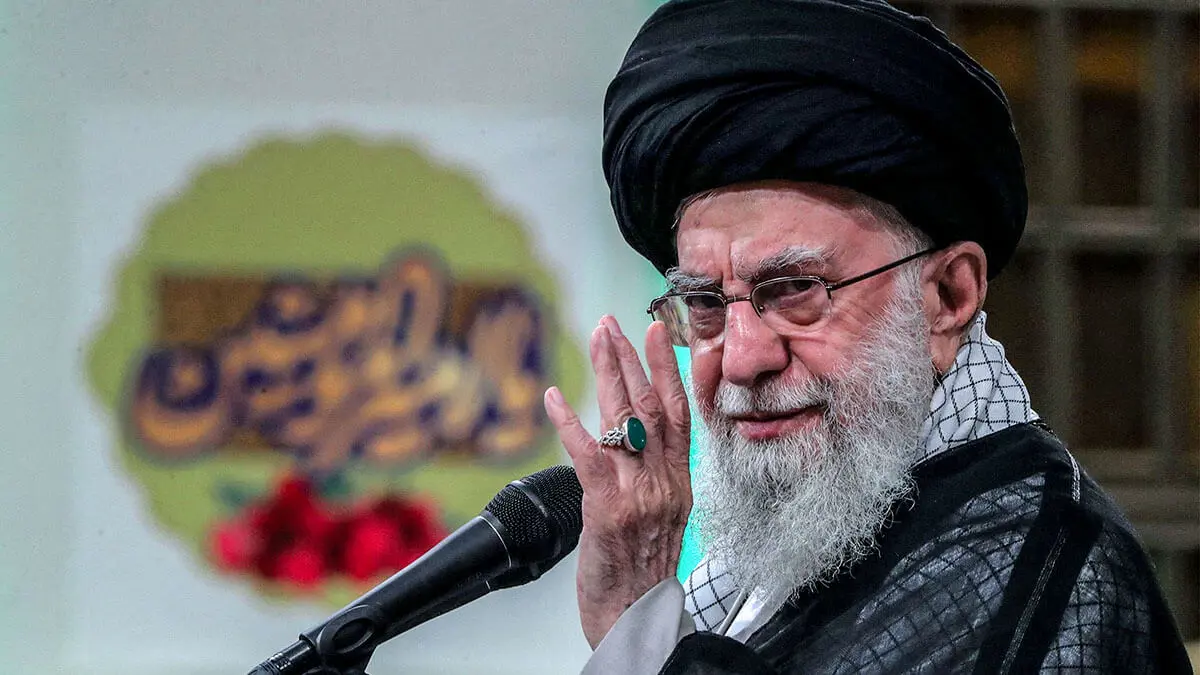
The fire of war that has been raging in the Middle East for almost a year was ignited by Iran's religious regime, and the mullahs have not failed to fan the flames.
Straight out of the Middle Ages, the mullahs' regime was brought into the 21st century by an accident of history. Unable to respond to the needs of society, this fundamentalist regime turned from the outset to ruthless repression of its own people. It is a war for freedom, for the sovereignty of the people and for their right to vote. In its 45 years of existence, this regime has never known a moment without war, terrorism, crisis or hostage-taking in the region, tools that the religious dictatorship uses to mask its internal war against the Iranian people.
Recently, Ali Khamenei, the clerical dictator, acknowledged that the Iran-Iraq war of the 1980s, which cost a trillion dollars and left millions dead or disabled, was in reality a smokescreen to hide the regime's internal struggle for survival. In December 2016, he said that if they had not stopped the ‘separatists’ in Syria, ‘we should have stopped them in Tehran, Khorasan and Isfahan’. In May 2017, he added: ‘If our brave commanders had not acted in Syria, we would be fighting them in our own streets and cities today.’
Hassan Rohani, president from 2012 to 2020, also said in January 2016: ‘If our brave commanders had not stood firm in Baghdad, Samarra, Fallujah and Ramadi, and if they had not helped the Syrian government in Damascus and Aleppo, we would not have had the security to negotiate [the nuclear deal] so effectively’.
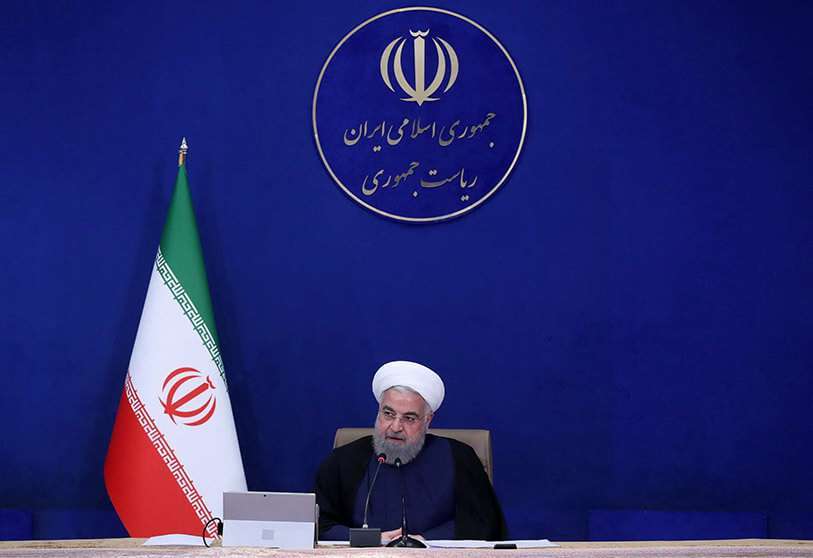
Similarly, former president Ebrahim Raissi expressed similar sentiments in April 2017 when he said: ‘The work of the defenders of the holy shrine [in Syria] allowed us to defend fortifications far from Tehran, instead of building them in the streets of Tehran'.
The slogans ‘Death to Israel’ and ‘Death to America’ have been used by the Iranian regime to rally backward forces in the region under a religious pretext, turning them into fuel for the regime's war and terror machine.
In Lebanon, regime-backed terrorists blew up a US Marine barracks, killing dozens of US and French soldiers. This event was seen as a victory for the Iranian regime as it sought to escalate its war and terrorism. Gradually, Iranian terrorism established Iran as a dominant regional actor. Unfortunately, there was never a meaningful response to this terrorism or to the regime's continued hostage-taking, which continues to this day. The 2003 Iraq war paved the way for a virtual occupation of Iraq by the Iranian mullahs, killing thousands of US soldiers and tens of thousands of Iraqis and ultimately bringing Iraq under the influence of the Iranian clergy.
Using war, terrorism and hostage-taking as leverage, the mullahs' regime extended its campaign of demonisation and repression beyond Iran's borders. The clerics have succeeded in getting the People's Mujahedin Organisation of Iran (PMOI), their sworn enemy, placed on European and US terrorist lists. In doing so, they followed a Persian proverb: ‘They let the dog go free, but tied up the stone that should have been thrown at it’, allowing the regime to continue its repression and wars unhindered. It was only thanks to independent courts and lawyers seeking justice in Europe and the US that the Iranian Resistance was removed from these terrorist lists.
Continuing its use of terrorism and hostage-taking as negotiating tools, the regime orchestrated a police raid on the Paris office of the Resistance, even demanding the extradition of its leaders. However, thanks to the mobilisation of the Iranian community and freedom fighters across Europe, the Resistance managed to turn the situation around and move forward. The results of these efforts were visible in the uprisings of 2017, 2019 and, above all, 2022, which shook the regime to its foundations.
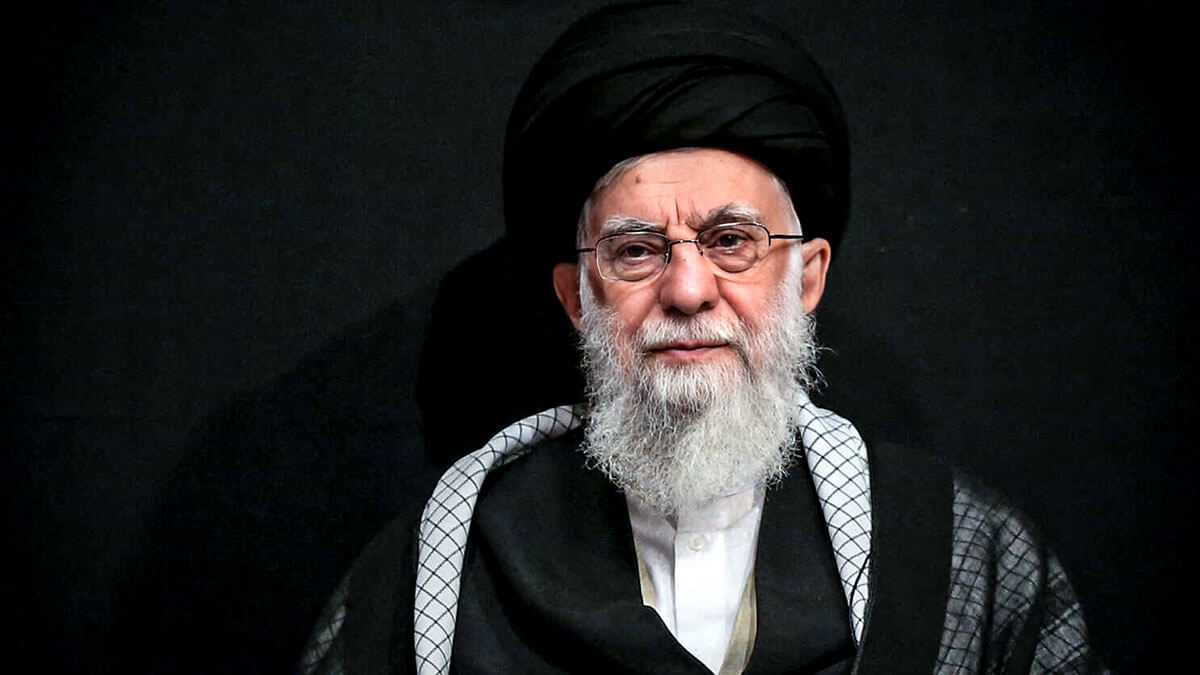
Today, the regime no longer has additional tools at its disposal to repress its own people
As a result, Khamenei has reverted to an old survival tactic: fanning the flames of conflict in the region to divert attention from the growing discontent at home. He provided military, logistical and financial support to Hamas to start a regional war. But Khamenei did not foresee that this war would ultimately backfire.
For more than 45 years, while the guilty have gone free and the innocent have been punished, the consequences have been tens of thousands dead in Gaza and millions more in the region, including Iran.
However, as long as the heart of terrorism and war continues to beat in the mullahs, war and terrorism in the region will persist. The Gaza conflict is but one branch of a poisonous tree whose roots run deep in Tehran.


